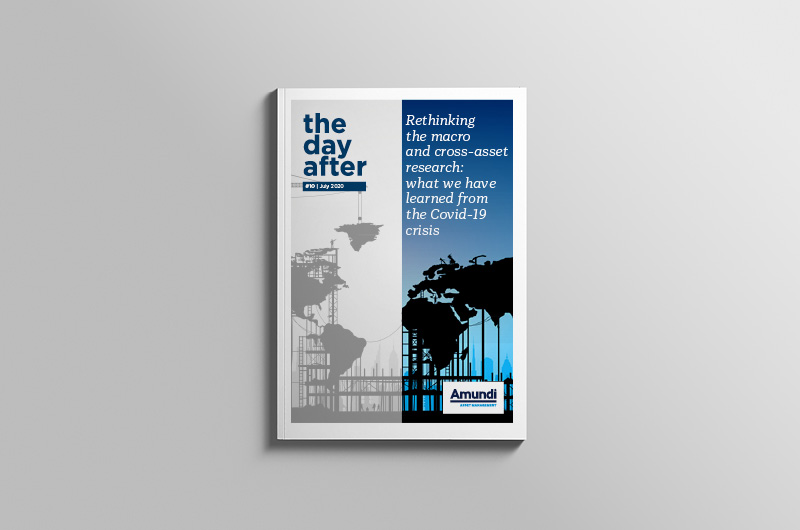Slush funds
Liquidity is said to be the driver of this cycle. No hiding here, as central banks provide largesse without restraint; while governments fret about re-election cycles, ready to spew money at any likely voter.
Just what is this liquidity and how does it work in financial markets? Explaining this to granddad would run something like this: central banks buy bonds and other financial assets, thereby managing interest rates; while also depriving the investors in fixed-income assets of yield; and therefore, driving the subsequent flight to substitutions such as equity markets. That can explain the disconnect between equity valuations and the current gloomy economic outlook.
But the key consideration is where this liquidity ends up, and if it does move into the so-called real economy.
In short, the benefit should go to lending institutions that can offer low-cost capital to private enterprise and households. On the margin, it can fund equity raisings, but that is small beer. Otherwise it is mostly a transfer from one financial asset, from bonds and others such as equity via valuations.
If only it were that simple.
Bank lending has declined due to a multi-factor risk of regulation, past behaviours, cost of capital and new entrants. It has been other financial participants that have been at the forefront of providing capital.
Private credit, property development funds, mortgage lenders and the like have not necessarily repriced their costs to match bonds, but rather marketed their offer of high nominal returns. The implication would be that the overall cost of capital for business might well have gone up as they shift to borrowing outside the banks.
Globally banks are trading at around 0.8 times book value; locally, around 1.1-1.2 times. This is inherently tied to their return on capital and subsequent capacity to manage returns to investors. Let’s make up our minds. Banks are passé. New financial entities are taking over, paralleling the move to online retail, and therefore banks should be disjointed from past valuations.
If one is comfortable accepting this possibility, there are big decisions to be made.
Sell anything to do with banks. They might be even further down the gurgler. Book value is of no consequence and the messy confluence of making good antiquated systems with today’s expectations and technology is too far apart.
If banks are truly no longer the be-all, ASX dividend yields are neither. For those stuck with past valuation methods based on yields, recent years should be a wake-up call. Many sectors are not what they were – for example, banks, REITs and retail – and therefore, nor are yields.
Yet so many forecasters and local strategists would have you believe the metrics behind 10 or 20 years of historic data has the same relevance to today. Assuming S&P/ASX200 long-term return projections of 8% feels like a very brave move. Sluggish GDP, inflation (even pre-COVID) and now dividends suggest a different outcome.
It seems unreasonable to jump off the liquidity-induced bandwagon now, yet it may be important to decide on how much of a portfolio is beholden to this one aspect. Liquidity can only go that far, and real-world issues such as those faced by the banks, will override a narrow focus on cheap capital and flows. Similarly, basing high valuations on the Fed (or other central bank) “puts” belittles the complexity of good corporate management. The longevity of stocks such as Microsoft or Alphabet has less to do with liquidity flows: it is rather based on their business acumen.
Into coming weeks the reporting period will shine the light on whether the emphasis on easy money is supported by the practical realities of running a company in tough times. It coincides with governments toying with limiting their fiscal stimulus. The combination of the two sets up for a potentially uncomfortable second half of the year.










